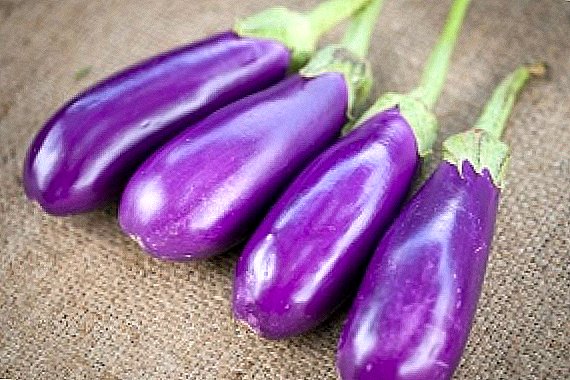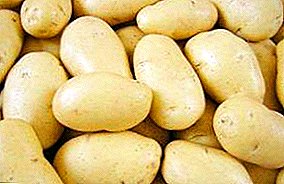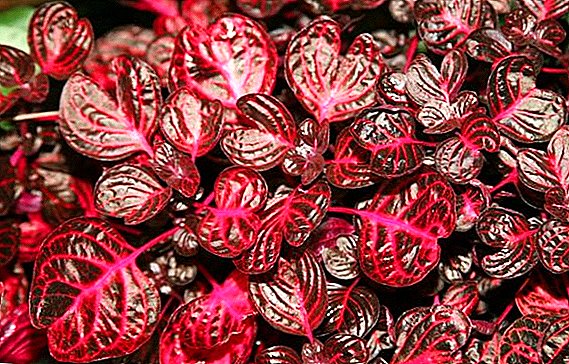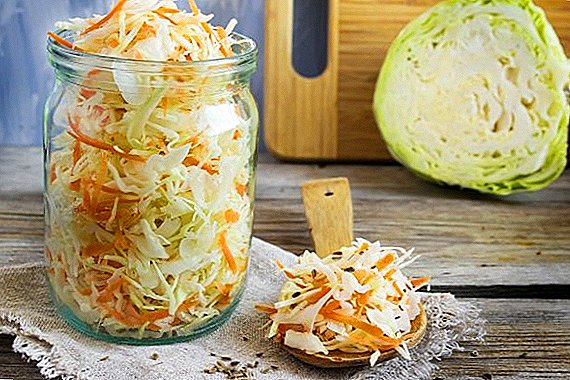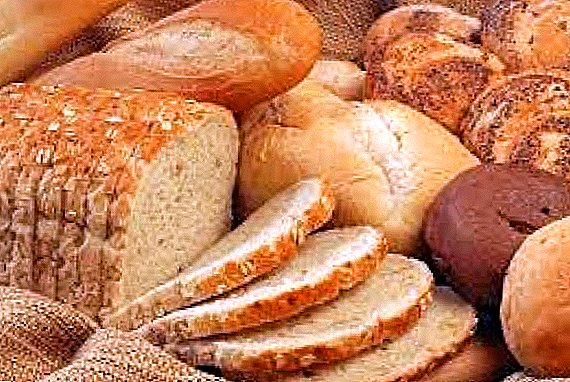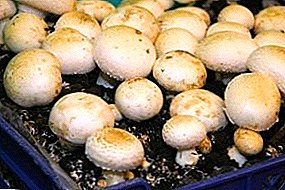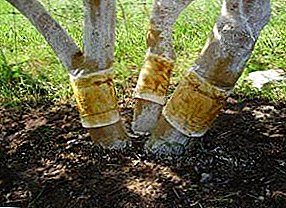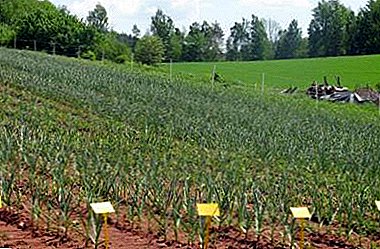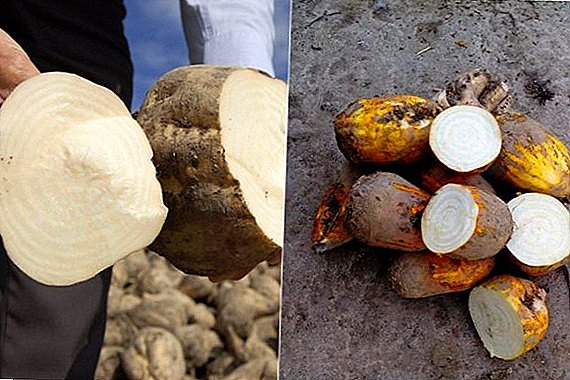 Beetroot is one of the oldest and most common plants in the world. There are several species of this plant, differing not only in appearance but also in purpose. So, both fodder and sugar beet are industrial crops, however, they have many differences, different purposes and peculiarities of cultivation.
Beetroot is one of the oldest and most common plants in the world. There are several species of this plant, differing not only in appearance but also in purpose. So, both fodder and sugar beet are industrial crops, however, they have many differences, different purposes and peculiarities of cultivation.
Especially important is the global importance of this culture for Ukraine, since it is in 6th place in the world in the production of sugar varieties.
The top three included France, Russia and Germany. In addition, this particular vegetable is included in the list of the most grown crops in the country. The reason for such a good growth of these crops in Ukraine is the presence of chernozem soil and a temperate climate.
A bit of history and the benefits of beets
All types of root vegetables that exist today, are descended from wild beets and have been improved by breeders, each species for their own purposes. At the same time, India and the Far East are considered to be the birthplace of the plant - it is from these geographical regions that the targeted use and cultivation of the plant began. 
Did you know? Historians claim that the inhabitants of Babylon were among the first to use the root crop, albeit as a medicine. The ancient Greeks sacrificed Apollo's harvest, in particular, this betaine vegetable. It was believed that this particular root vegetable contributes to youth and strength.Initially, people ate only the leaves of the plant, throwing out the roots as inedible. Already in the XVI century, German breeders will improve the plant, resulting in a separation into the canteen (used in cooking) and fodder (feed for livestock).
The next stage in the development of this culture occurred in the XVIII century - scientists brought out sugar beet (technical culture).
It is probably due to such an improvement that this red root crop became widespread. Already in the XIX century it began to be grown in all corners of the world, with the exception of Antarctica.
Today in the world there are several types of root vegetables, and more and more farmers are wondering how white beet differs from fodder beet. This is what our article is dedicated to.
Types of beets
There are four main types of plants used by humans: dining, feed, sugar and leaf (or chard). All these species are of the same origin - wild beet cultivated by breeders. If you are looking for the answer to the question, what is the difference between sugar and fodder beet, read on.
Important!Sugar beet juice is very healthy. It is able to remove toxins, lower cholesterol, increase the number of red blood cells in the blood and very effectively lowers blood pressure. However, caution should be taken in the use of root vegetables with hypotension, urolithiasis, gout and high acidity. Beets are laxatives and cannot be consumed in excessive amounts.The main types of plants:
- Canteen - used in cooking. Due to the high content of betaine, the root crop is red and very useful in cooking, cosmetology and medicine. Due to the ability of beets, they visibly improve the appearance of the skin due to strong moisturizing, it is used in many creams. Due to folic acid is considered an essential ingredient in the menu for pregnant women.
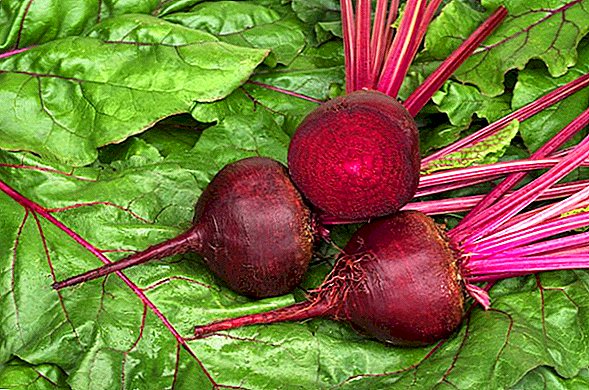
- Aft - used as feed for livestock, mainly dairy. It is actively eaten by animals and improves milk yield, compensates for the winter lack of vitamins.
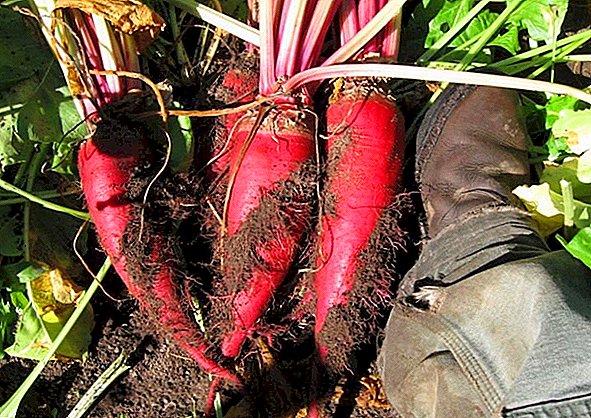
- Sugar - technical culture from which sugar is made. After the squeeze of sugar remains cake, which goes to feed the cattle.

- Leaf - used as food, and in cooking. The main value is the leaves for a high protein content (up to 25%), and the root is inedible. Easy to grow, but very susceptible to seasonality.
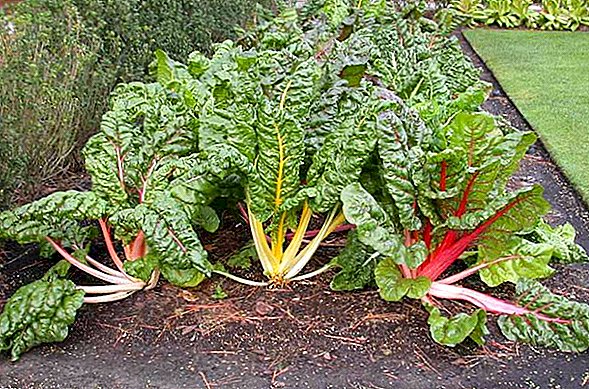
Next, let's talk in more detail about the difference between sugar and fodder species.
Beet: the differences between sugar and fodder
As is clear from the names, the sugar type of the plant serves for the production of sugar (cane sugar substitute), and the fodder - for feeding livestock. Further details about the differences in different criteria.
Important! One of the main features of sugar beet is hypoallergenic. Even people prone to allergic reactions, there is nothing to fear when using the plant. But note that beet juice is not recommended to be used in a dose above 100 ml, even with perfect health. If you have problems with kidneys, liver or acidity, it is better to reduce the use of vegetables to a minimum.
Main difference
The main difference between sugar beet and fodder is the sugar content and the purpose of the root. While the former is known for its high sucrose content, the variety for animals has a high level of protein. It is the chemical composition of root crops associated with the areas of their use. 
Differences in appearance
Outwardly, fodder beet differs much from sugar beet, so it is impossible to confuse them.
Feed:
- color: red and orange shades;
- shape: round or oval;
- tops: thick tops (35-40 leaves in one rosette), a root crop sticks out from under the ground; leaves are ovate, shiny, green, glossy.
- color: white, gray, beige;
- shape: elongated;
- tops: green tops (50-60 leaves in one rosette), the fruit itself is hidden under the ground; leaves are smooth, green, with long petioles.
Differences in depth of growth
Sugar beet differs from fodder not only visually, but also by the feature of planting and growing. Sugar has an elongated narrow fruit that does not appear on the surface. Unlike sugar, fodder root peeps out from the ground for a few centimeters.
Different depths and the root systems of these vegetables. So, the white roots can go deep into up to 3 meters (the plant extracts water from the depth, drought-resistant), while the orange roots do not go below the root.
Vegetative system and requirements for growing conditions
Ripens sugar appearance in 140-170 days. During this period, the plant grows from a sapling to a fruit-bearing vegetable. Sweet beet sapling is cold-resistant enough - the sprout germinates even at a temperature of -8 ° C.
The growing season of the fodder variety is shorter - on average, 110-150 days last, which is a month faster than white beet ripening. The plant is also frost-resistant, although its minimum is still higher - from -5 ° С.
The vegetative systems of both types are almost identical. The plant blooms in inflorescences (whorls) on thick peduncles, each with 2-6 small flowers of yellow-green color.
It is interesting to know what are the features of growing carrots, scorzonera, turnips, radish, rutabagas, Jerusalem artichoke, turnip, celery, parsnip.Usually from one ball of root crops during planting can grow several plants.
This complicates the thinning process, but there are special varieties of beets. The so-called "sprouting varieties" are good because they do not grow near the perianth, so that the glomeruli are not formed, and thinning does not cause significant inconvenience.
Chemical Differences
The main value of sugar beet is up to 20% of sugar in the dry residue. In food crops, the vascular fiber bundles are several times smaller, which is why there are fewer sugar-containing cells. In both types there are carbohydrates (in particular, glucose, galactose, arabinose, fructose).
Did you know? From the moment the sugar variety was bred to today, the level of sugar content in the root crop was raised from 5% to 20% by weight. This amount of sucrose made it possible not only to produce a large amount of sugar, but also expanded the range of use of residues after the processing of the plant.It is low in protein in sugar grade, but due to its high carbohydrate content, it is more nutritious than its counterparts. At the same time, fodder has a high protein content, including in the leaves, there are milky substances, as well as fiber, vitamins and minerals. That is why the addition of beets to livestock is so necessary, especially in winter and during the off-season.
In addition, the feed species is much more fruitful than sugar. 
Scope of vegetable culture
Sugar culture is technical, which means that its main use is, after all, sugar production. The remainder of the fruit after processing goes as pet food. Even the defecation mud left over from the processing of the sugar variety is resold further and used as a lime fertilizer.
Aft species is used as feed for dairy cattle, as well as pigs and horses. In the food is both fruit and tops.
According to the research of the London School of Medicine, this root vegetable is very useful. Scientists note a high content of potassium, antioxidants, folic acid, vitamins and minerals. Such a rich composition makes the plant a useful tool for lowering pressure, improving digestion.






